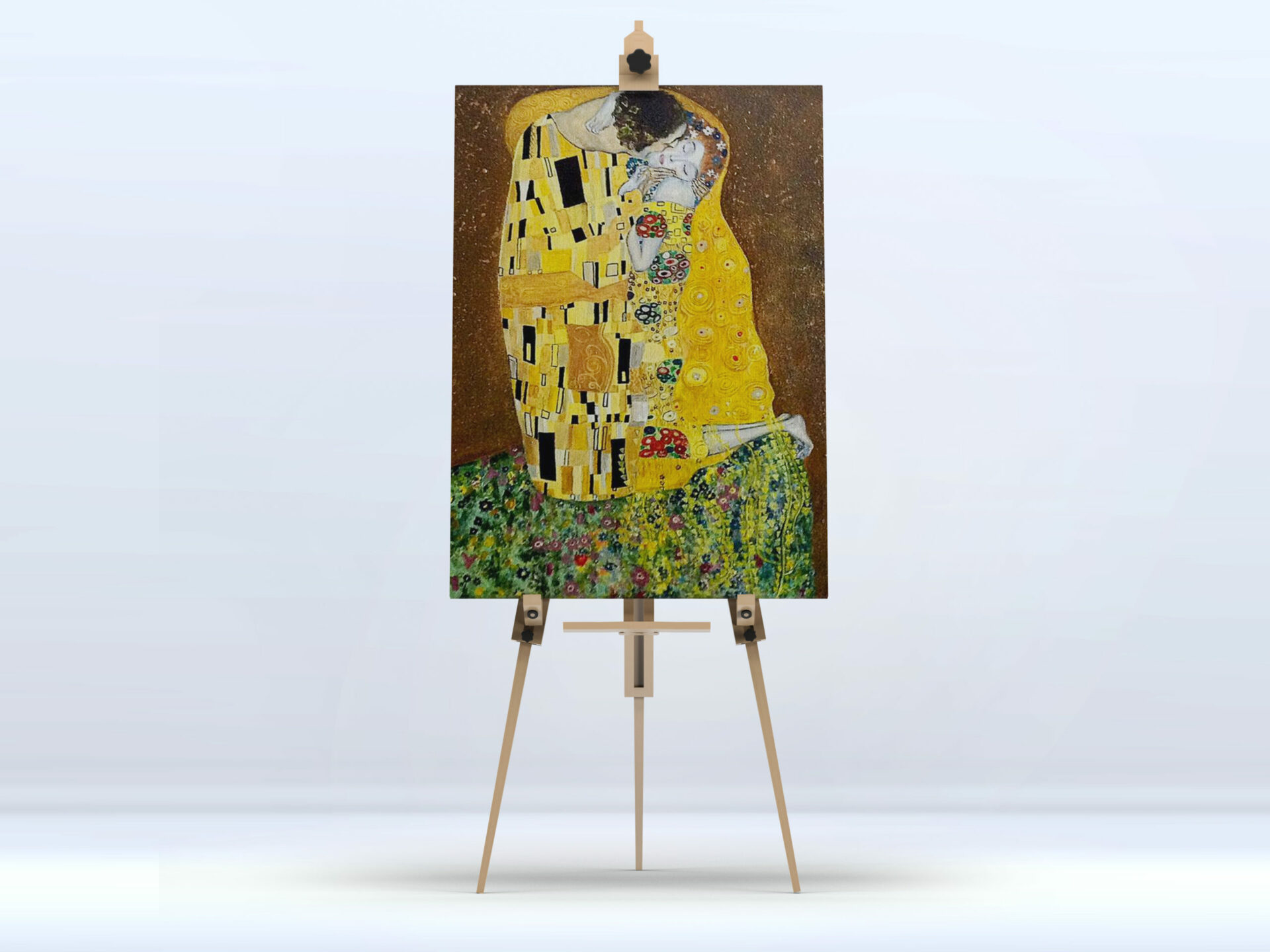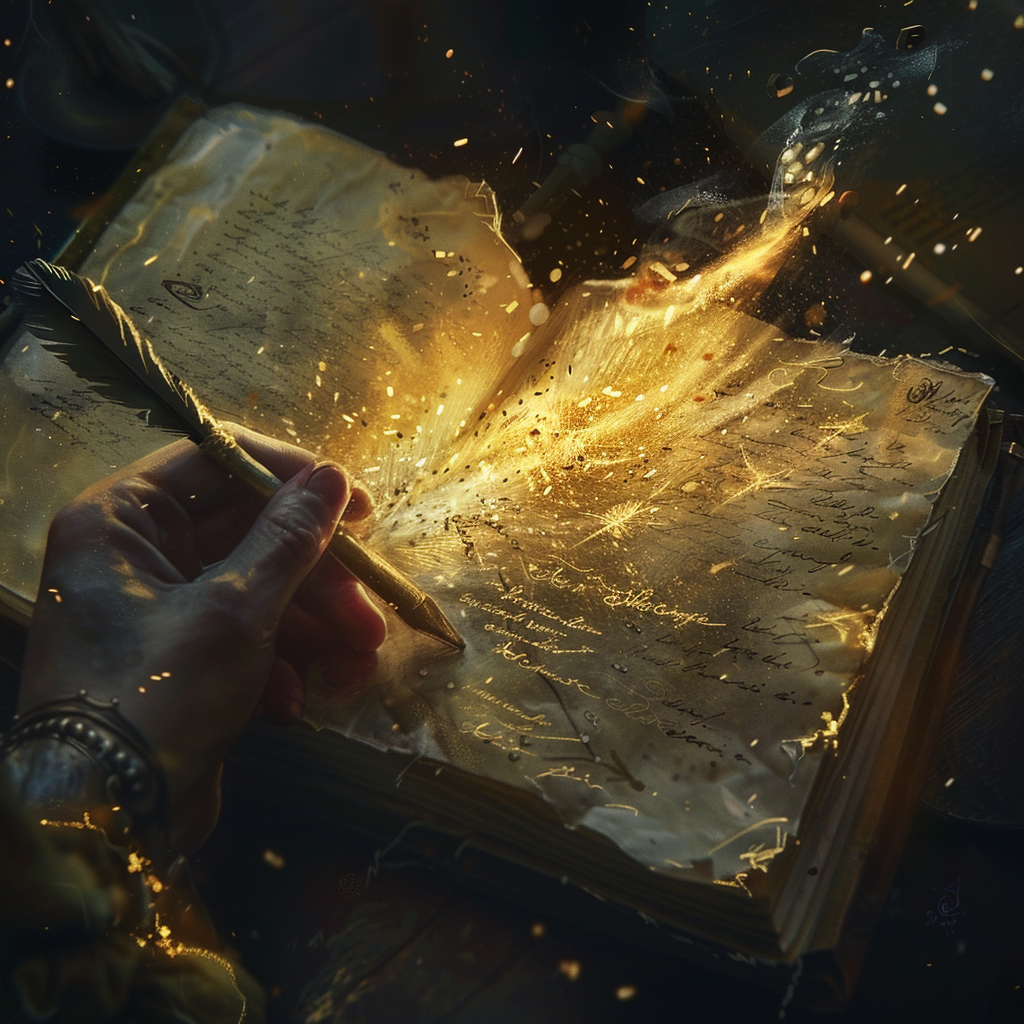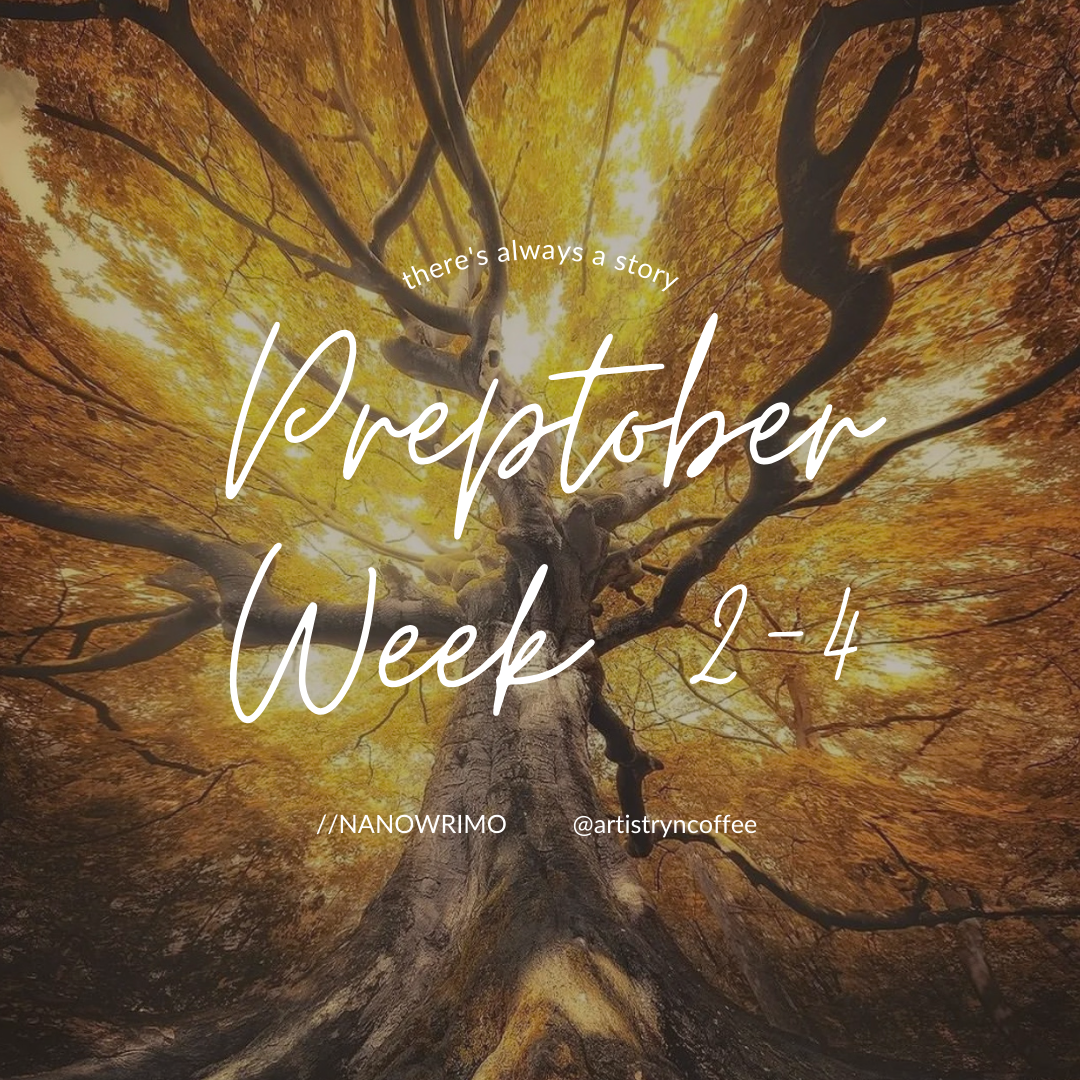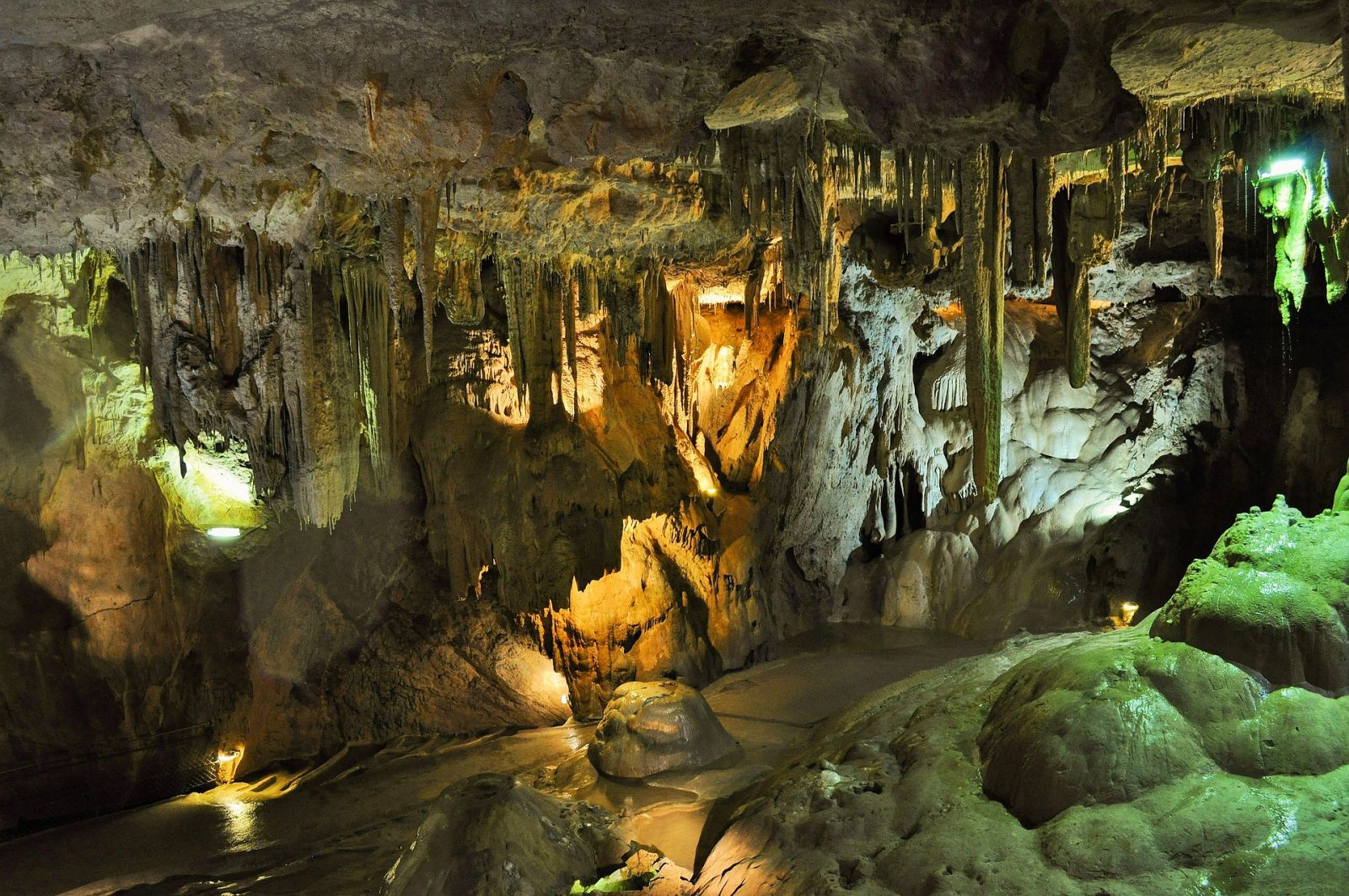Klimt’s The Kiss
It has been my experience that when you get the opportunity to view one of these masterpieces in person, you get a grander sense of how the art can affect each and every person that wanders through the gallery. For this particular piece, it is a very special reminder of a trip that my wife and I were lucky enough to take. We hadn’t intended to find this particular piece, it was just a mere happenstance that we found ourselves in the right place, the wonderful city of Vienna, Austria at the Belvedere Museum.

Gustav Klimt (1862-1918)
An Austrian symbolist painter and one of the most prominent members of the Vienna Secession movement, of which the goals of the group were to provide exhibitions for unconventional young artists, to bring the works of the best foreign artists to Vienna, and to publish its own magazine to showcase the work of members. Klimt is noted for his paintings, murals, sketches, and other objects d’art. Among the artists of the Vienna Secession, Klimt was the most influenced by Japanese art and its methods.
Early in his artistic career, he was a successful painter of architectural decorations in a conventional manner. As he began to develop a more personal style, his work was the subject of controversy that culminated when the paintings he completed around 1900 for the ceiling of the Great Hall of the University of Vienna were criticized. He subsequently accepted no more public commissions, but achieved a new success with the paintings of his “golden phase”, notably marked by positive critical reaction and financial success. Many of his paintings from this period included gold leaf. Klimt had previously used gold in his Pallas Athene (1898) and Judith I (1901), although the works most popularly associated with this period are the Portrait of Adele Bloch-Bauer I (1907) and The Kiss (1907–08).
My Perspective
While I am not a scholar on the life and achievements of Gustav Klimt, I have found an appreciation for this particular piece of art. When I first turned the corner and saw the crowds admiring it at the end of the gallery, I started to look at the surrounding art hoping that they would soon disperse. Artistic masterpieces are not things that should be rushed when experienced in person, the detail in the method is as important as the final result. Not only did that not happen, but I found myself losing focus on any of the other artwork to be drawn into that huddled mass. It could have been moments or minutes, I honestly cant say, however it didn’t seem nearly long enough as I tried to burn the experience into my memory.
This piece did not move me to some profound moment in my life, but I have found it to be representative of the early days of our marriage, that trip was an adventure for us that will be hard to top. The passion and care that you can see reflected in the embrace is something that should be cultivated and maintained through any relationship. I have contemplated Klimt’s use of so much gold coloring in relation to this period, is it a metaphor for the value that such moments could hold, the preciousness of the emotional connections that we all seek, or simply a moment in time that we have a special connection to however fleeting. Whichever state that you feel from this particular work of art, it is definitely worth a trip to see in person if you are able.
Looking for more…
Excerpt from the Belvedere’s website:
The Kiss (Lovers) by Gustav Klimt is the most famous Austrian painting and the highlight of the permanent collection at the Upper Belvedere. It shows a couple swathed in richly embellished robes embracing in a meadow of flowers on the brink of a precipice. The painting dates from 1907/08 at the height of Klimt’s “Golden Period” when the artist developed a new technique of combining gold leaf with oils and bronze paint.
Find out more about visting the museum and this particular work of art at: Belvedere Museum
Looking for more Art Review articles, explore the catalog we are building, here.










Related Posts